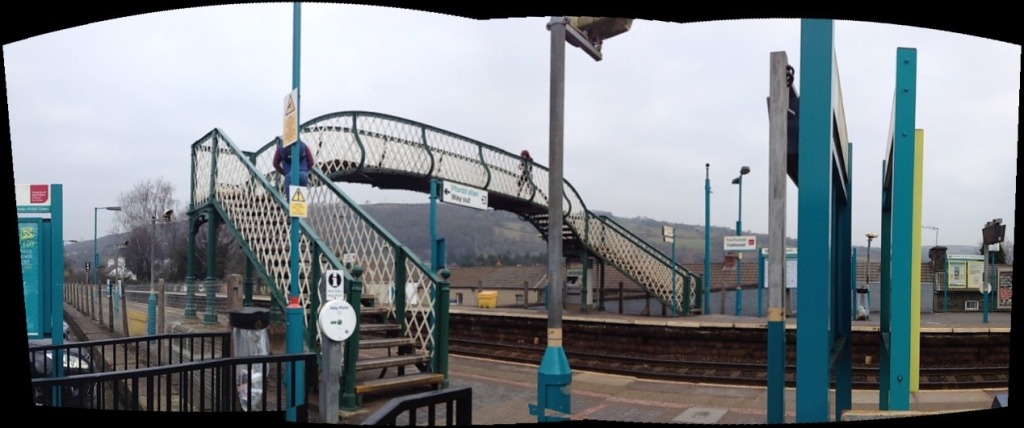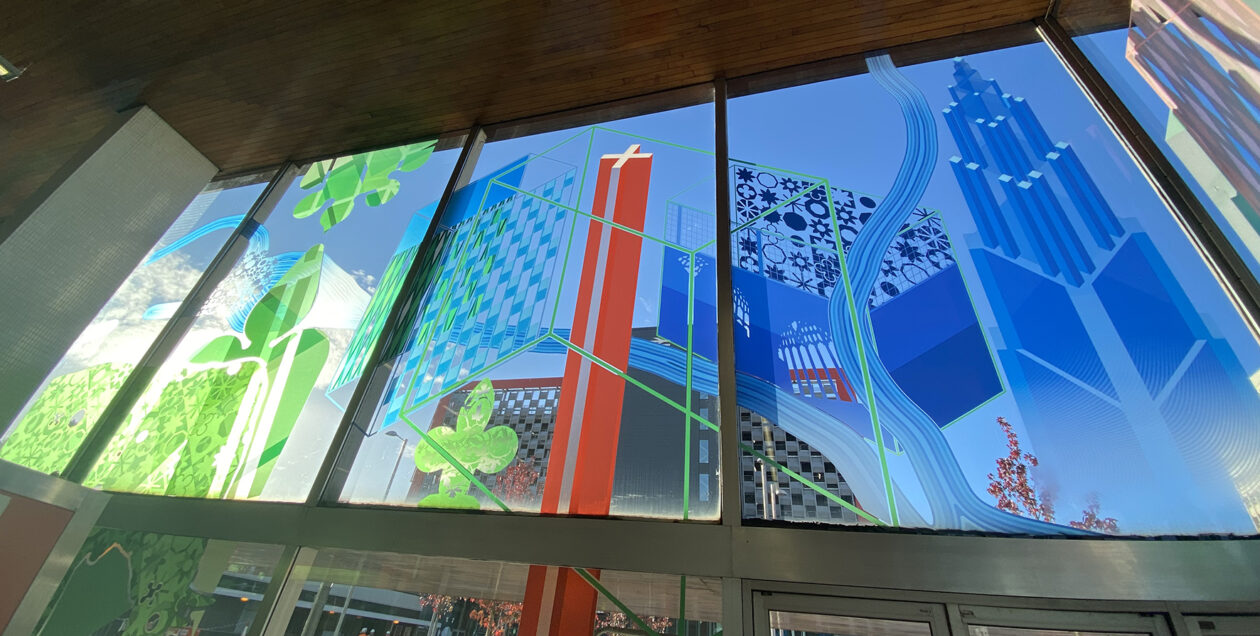12th February 2015 – Treforest, South Wales – the birthplace of SIR TOM JONES !


I met with Dr Chris Evans today to discuss the history of iron production in Merthyr Tydfil and the legacy and impact of this on contemporary Merthyr Tydfil and its aspirations & current regeneration programme. This is in light of contextual research I am doing in regard to the new Bus Station project and Link bridge feasibility study.
Chris is a Professor of History at the University of South Wales, on the Treforest Campus.
We met at Ty Crawshay – Francis Crawshay’s House in Trefforest, now a Museum and Gallery – a part of the University Campus.

We discussed a number of things including:
Francis Crawshay – an eccentric member of the Crawshays of Cyfarthfa, who had portraits of his workers painted which was, at the time highly unusual, giving a remarkable insight into the lives of ordinary working people. He was something of a Druidic character, building stone circles and mounds.
The Upland Landscape of the Brecon Beacons & its importance in both the past and the future of Merthyr Tydfil. Merthyr is a product of this upland landscape & could make much more of this relationship.
The Taff Trail and how visitors could experience & relate to Merthyr as a gateway to the Brecons.
The Creativity and Flair of the great engineers and innovators who were central to the Industrial Revolution in Merthyr not being sufficiently celebrated. Watkin George, William Edwards, William Williams worked at the cutting edge of technology and innovation. Even factory buildings were classically proportioned. Merthyr was a hub of creative knowledge, that became not only world famous, but exported this knowledge all over the world – even sending expertise to set up new Ironworks in Russia for example. The town generated and maintained international contacts, becoming an international crossroads of industry.
Elemental Processes of ironworking – extremely labour intensive. The ability to standardize products and replicate to order under these conditions was testament to the degree of control over processes these manufactories had. Confidence in their technology and how to utilise it successfully
Impact on landscape – early extraction methods included damming rivers and streams and then breaking the dam to allow the raging waters to scour the top soils and expose the iron ore beds. Cinder Tips, & Slag Heaps
Power – the control and management of water was at the heart of Merthyrs advancement. Transport was the other – Canals, Tramways, Railways, Roads, River.
Power – Napoleonic Economy & Rise to Wealth – Atlantic Trade – Iron and Slaves – Dr Chris Evans Research
Anthony Bacon – Founder of Cyfarthfa Iron Works
Ynysgau Iron Bridge lost due to River widening / flood mitigation scheme in the 1960’s.

